Building Rapport With Your Customers : The Advanced Guide
Written by Harvie Singh, an Ecommerce Specialist at The Ecom Academy
In under five minutes you’re going to learn actionable methods on building rapport with your customers to increase their lifetime value (LTV), get them to refer friends and family, and to improve your business’ reputation.
Where are you focusing on building rapport with customers?
An Invesp study found that 44% of businesses have a greater focus on customer acquisition vs. 18% that focus on retention over acquisition:
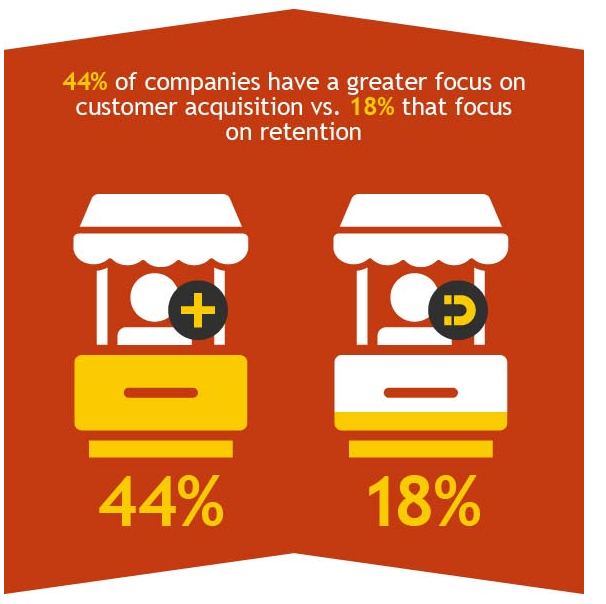
The study also revealed that it’s 4x easier to sell to an existing customer than a new prospect:
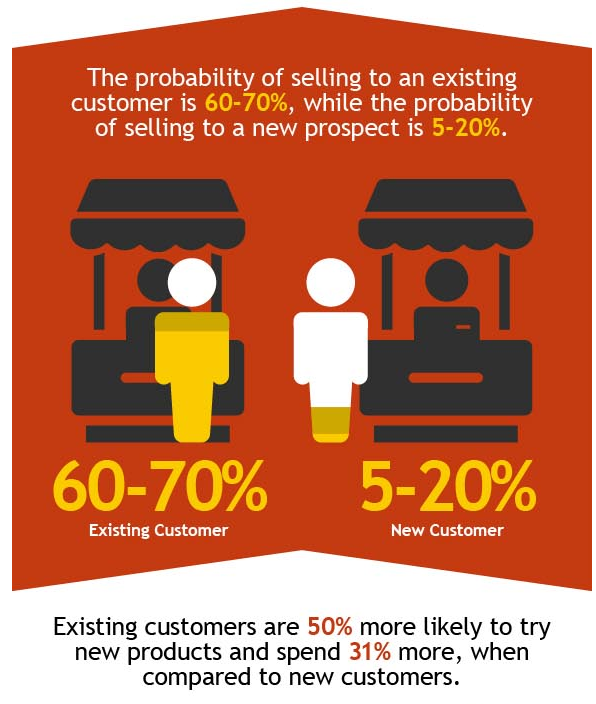
It’s no secret that existing customers are likely to spend more and order more than a new prospect.
A Bain & Co study found that repeat customers spend 67% more, on average, than new customers, so why aren’t businesses working on building rapport with customers?
The primary reason that companies focus on customer acquisition over retention is that customer acquisition shows how fast a business is growing and what it may be worth in 1-2 years. This makes it very easy for them to receive funding from investors.
When it comes to scaling a brand new business, in almost all cases there’s a larger proportion of untapped customer potential, and this becomes the fastest route to scaling top line revenue growth.
This also happens to be the metric that gets venture capitalists excited to invest in new businesses.
Customer acquisition provides far sexier stats for businesses to boast about their growth than retention, and the average marketing agency today knows more about acquisition than retention.
When Facebook, Twitter, Instagram, and Snapchat post their quarterly earnings, one of the biggest things that comes into play is how many new users they acquired.
This rapid growth adds perceived value to the business and people are more likely to invest, even if it means a negative balance sheet. A continual rise in user growth gives investors the perception that users love the business and there’s no sign of slowing down, and this creates the fear of missing out (FOMO) and separates investors from their cash.
Take Uber’s number of monthly active users, for example. They have doubled from 2016 to 2018:
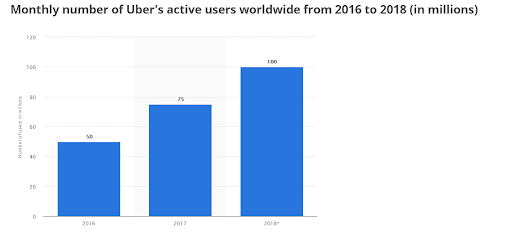
The company has doubled its user base but was still down more than $891 million in 2018. Why? Probably because they are spending too much on acquiring new customers and not building rapport with current customers.
They could also be taking the Amazon approach.
In its early years, the e-commerce giant focused heavily on acquiring new customers, then almost overnight it switched its marketing strategy to focus on retention.
With the introduction of Amazon Prime in 2005, it offered their current customer base discounts and faster delivery. Since then their share price has grown over 325% (as of Feb 2019) and they are the biggest e-commerce company in the world.
Startup business ClassPass offered a FREE month of their service worth $59 in January 2019:
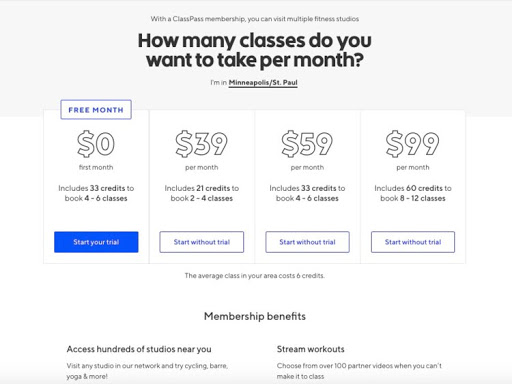
It’s pretty likely that the free month will be used by many and then cancelled, leaving them in the red on their balance sheets, and they most likely already know this. It will be very interesting to see if after this trial customers continue with the platform.
Seven months ago ClassPass also managed to raise $85 million in funding (total funding now over $255 million). The jury is still out on whether they will boom or bust.
This is a common theme with startups: they place the bulk of their focus on customer acquisition to gain future funding or in hopes of being bought out by somebody bigger, or reaching that critical mass where economics start to make sense.
Where this becomes dangerous is that the bigger they get, the harder they fall. The sooner you focus on rapport, the stronger your business will be (as the world saw with Amazon).
If your goal with your e-commerce business is to be stronger in 3, 5, or 15 years from now, you’ll need to build meaningful relationships with your customers and focus on retention just as much as you do acquisition.
Building rapport with your customers isn’t something you do once; it’s something that needs to be built into the foundation of your marketing and organizational strategy.
Here are some real-life examples of businesses building relationships with their customers at different stages of the customer journey.
Welcome To The Club
Did you know the average open rate of a welcome email is 50%~?
Welcome emails are so common that we now almost expect to hear our cell phone vibrate when we sign up to a site using our email address.
This makes them the perfect opportunity to introduce your brand values to your customer.
Here’s a great welcome email from sandle brand Beek:

Customers receive an introduction into how their shoes are made, the owners (two moms), and their mission on providing for children in need by donating a part of their sales to charities.
This is a powerful message that parents can relate to and gives the customer an insight into the business.
Beardbrand’s welcome email subject is “WELCOME TO THE BEARDBRAND COMMUNITY.”
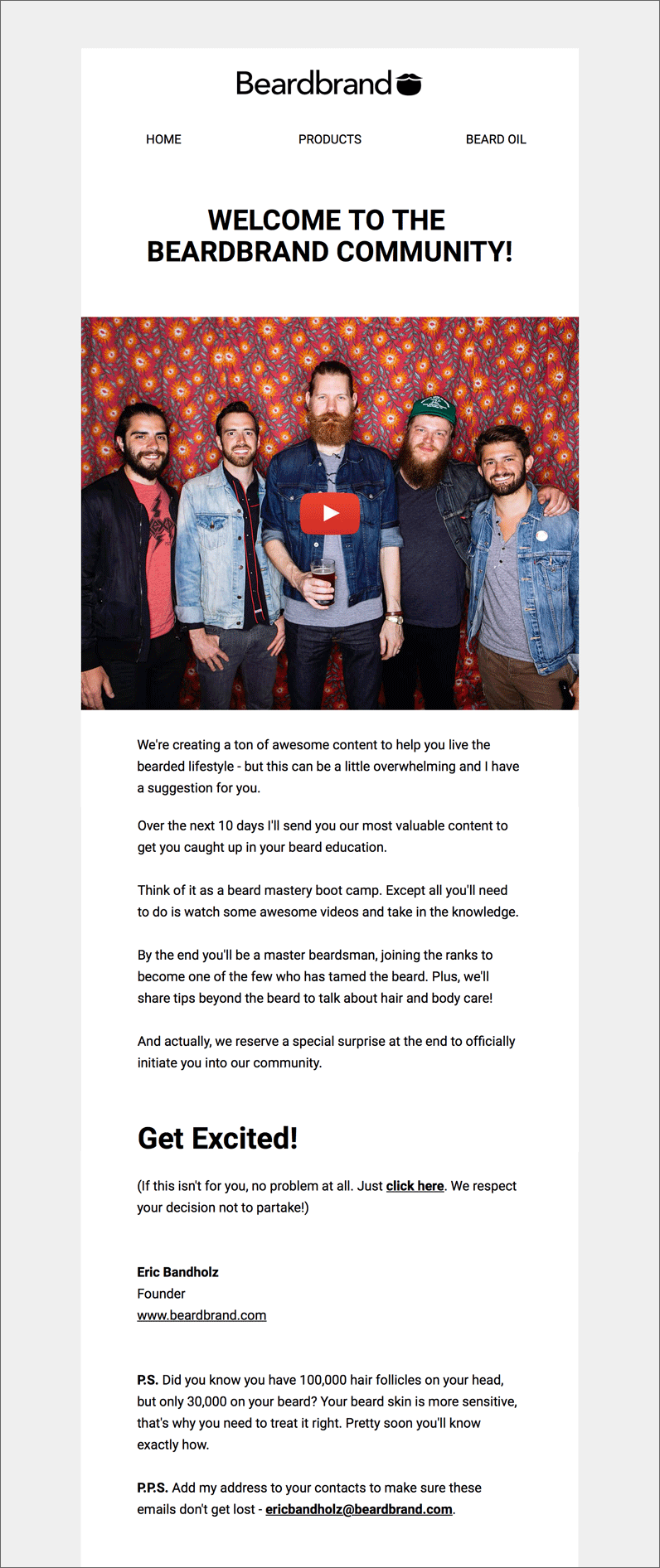
Confession time: A friend sent me this email. I cannot grow a beard so I have yet to be accepted into the community.
Beardbrand take a similar approach and let the customer know what to expect next (10 days of awesome beard content). By giving value to their customers, they are able to build meaningful relationships off the bat and building rapport with customers.
It may not be clearly obvious on your website or social pages who you are or what you stand for, yet with such high open rates, the welcome email is a great way to make that first connection with your customer and introduce your business.
I would avoid including special offers or focusing your welcome email around an offer. The goal is building rapport before you ask to receive.
Discounts are so common in e-commerce that you don’t want to be known as that business who has a sale on every other day.
It’s far better for your long-term health as a business to be able to sell products at full price because people are obsessed with your business than waiting for a discount.
To put this into context, here’s the welcome email that Light send, where first-time buyers can get 15% off their camera:

Not so inspiring.
When to send a welcome series: as soon as a prospect hands you their email address (instant). You can even create a welcome series for prospects and another one for customers who placed their first order.
A welcome email can be sent:
Pre-purchase – when they have signed up to your website or email list without placing an order. This can talk about who you are and what you stand for.
Post-purchase – once they’ve placed their first order welcoming them to your community. This can talk about what they can expect in the weeks to come (weekly newsletters and any automations you have in place).
Second order – a personalized thank you email making them feel special and wanted. Perhaps it will give them some insider content, like a photo of your team or what goes on behind the scenes, so they can connect to your business on a deeper level.
The Balance between Sales and Loyalty
When it comes to building rapport or increasing LTV with your customers, email is one of the best methods to achieve this because you can send personalized emails based on their behavior.
For example, if a customer has bought a particular product, you can send behavioral content emails or further promotional emails.
My favorite cross-sell email has to be from Dollar Shave Club, who send an email to customers asking if they want to add more to their order before it’s shipped:
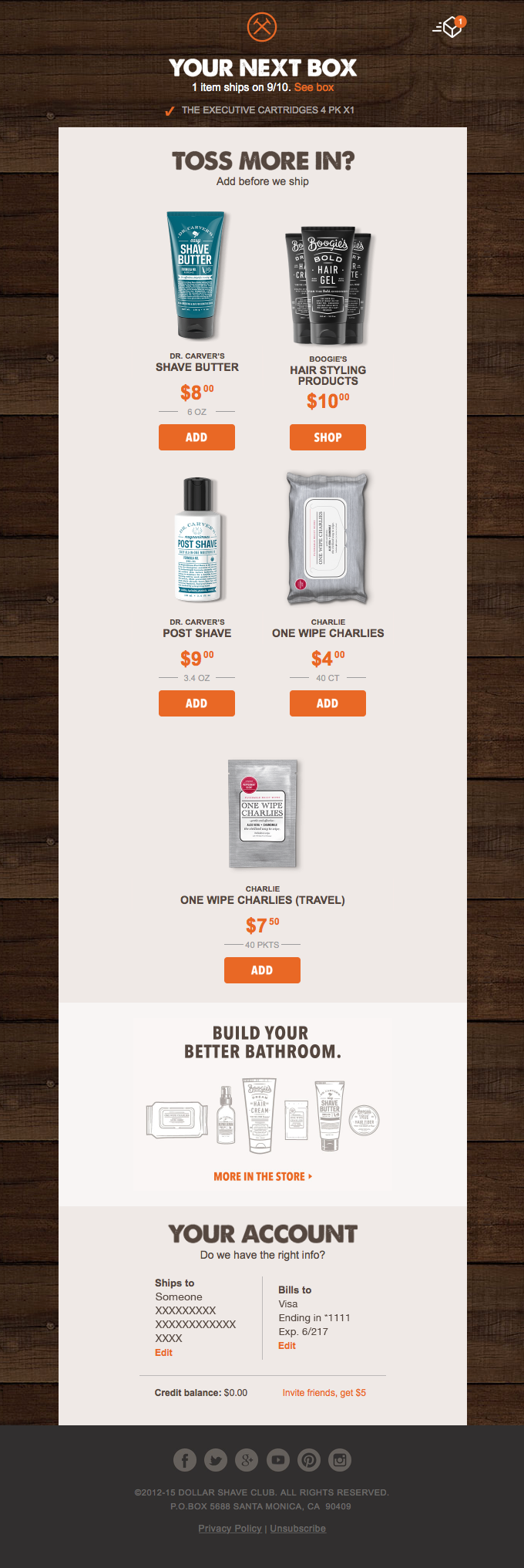
(Yes, my friend forwarded me this email too if you must know.)
However, sending too many promotional or irrelevant emails can annoy customers, with the top 3 reasons for users unsubscribing being receiving too many emails, content that looks like spam, or the emails being irrelevant.
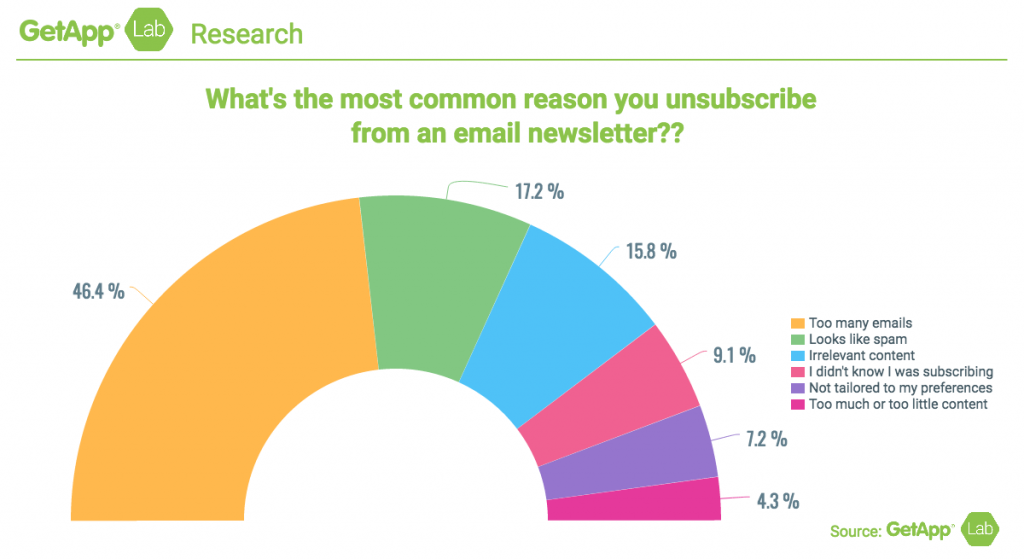
If you only send promotional content, your LTV and community feeling will be non-existent.
It’s important to have a mix of content and promotional emails. I personally like to use the 1:1 ratio for content vs. promotional emails. You may not drive as much revenue in the short term, but in the long term your subscription rates and LTV will be higher. To make this work, your non-promotional content will need to truly add value, and not be filler that will ultimately end up as spam. Treat these emails with as much, if not more, care than your promo emails.
Food delivery brand Paleo Robbie do a great job of sending personalized emails. Here’s one from the founder written in plain text, thanking all their customers and mentioning events they hosted throughout the year:
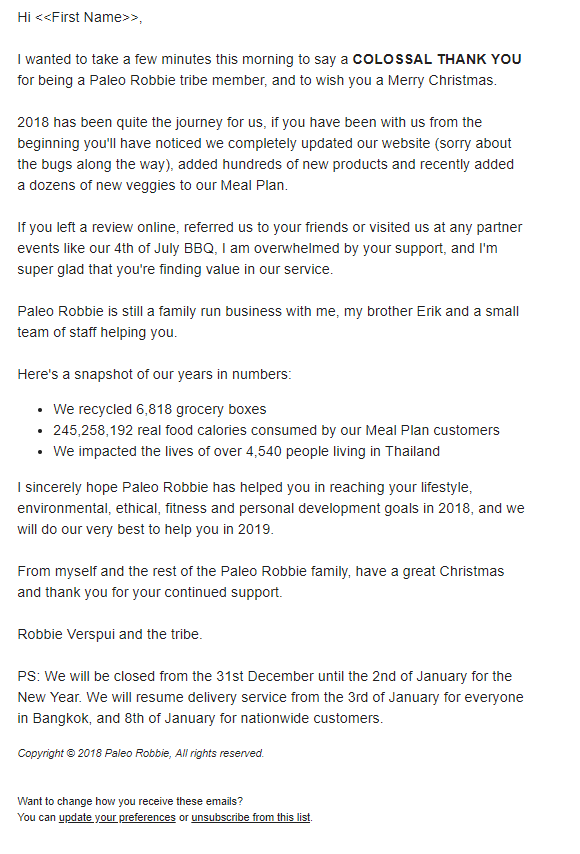
No links, no sales talk, just one COLOSSAL thank you to all their customers. Plain-text emails do a great job at looking personal and like someone actually typed the email, rather than using branded newsletters.
Even their promotional emails are heavily filled with relevant content, educating their customers on why they should try a new item:

If you’re worried about sending too many emails each week or cannot use the 1:1 ratio for whatever reason, then this blended content/promotional approach can work very well.
Win-Back Series
A win-back series is another useful automation tool to have in your arsenal to increase LTV and gather important feedback from your customers.
Win-backs are sent to inactive customers with the goal of either getting them to re-order or to find out why they stopped ordering.
Here’s a win-back email from Paleo Robbie asking their customers if they did anything wrong or if they are just out of town as a lot of their customers travel:

Again, plain text is used to make it look as if it was handwritten specifically for them, a great way to building rapport with customers.
Blue Apron take a different approach, which is to offer a time-sensitive discount of 50% to be used in the next 24 hours:
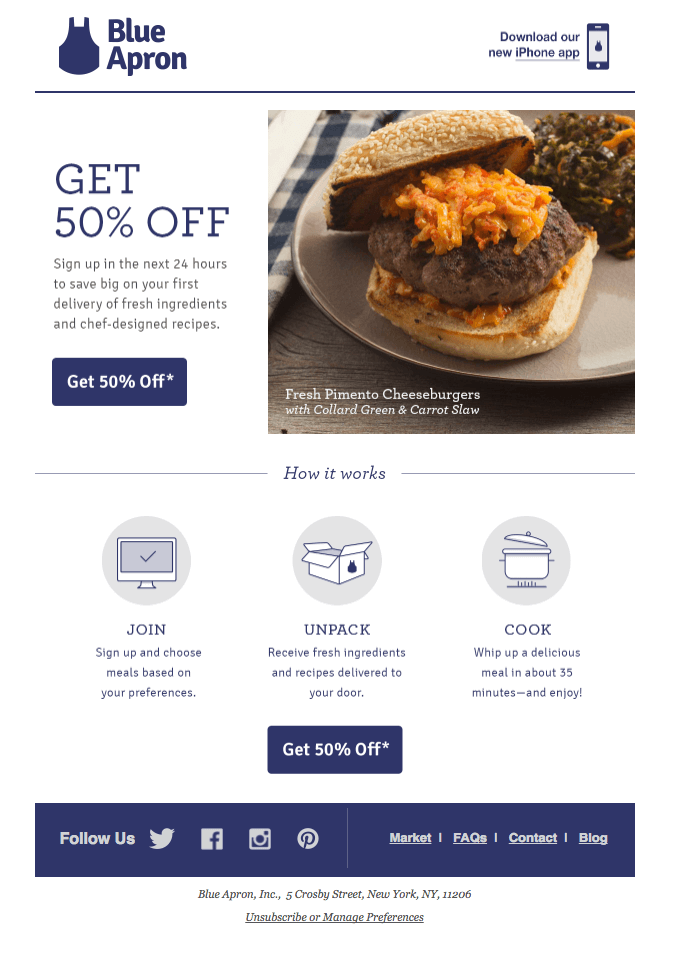
I’m not a big fan of this type of email as it brings the customer back for the wrong reason (discount) rather than building rapport. You’ll most likely see a nice quick win uptick, but you risk those customers being dependent on an offer to drive action.
A better approach for Blue Apron would be to ask the customer to fill out a survey of their customer experience so they can work on lowering their churn rate. That’s exactly what See So do when a customer leaves their service.

Criticism from customers as to why they stopped using your business can help bring awareness to problems you may not know existed.
When to send a win-back series: Find out what your average order frequency is, then add seven days. For example, if your AOF is 20 days, set your win-back to be sent on day 27 (the extra seven days is to account for holidays etc.).
Private Community Groups for Customers
I kept this last on the list for good reason.
Private groups for customers on platforms like Facebook Groups or Slack is a great way to make customers feel part of your community and improves the customer experience. It has been proven to increase LTV and customer satisfaction:
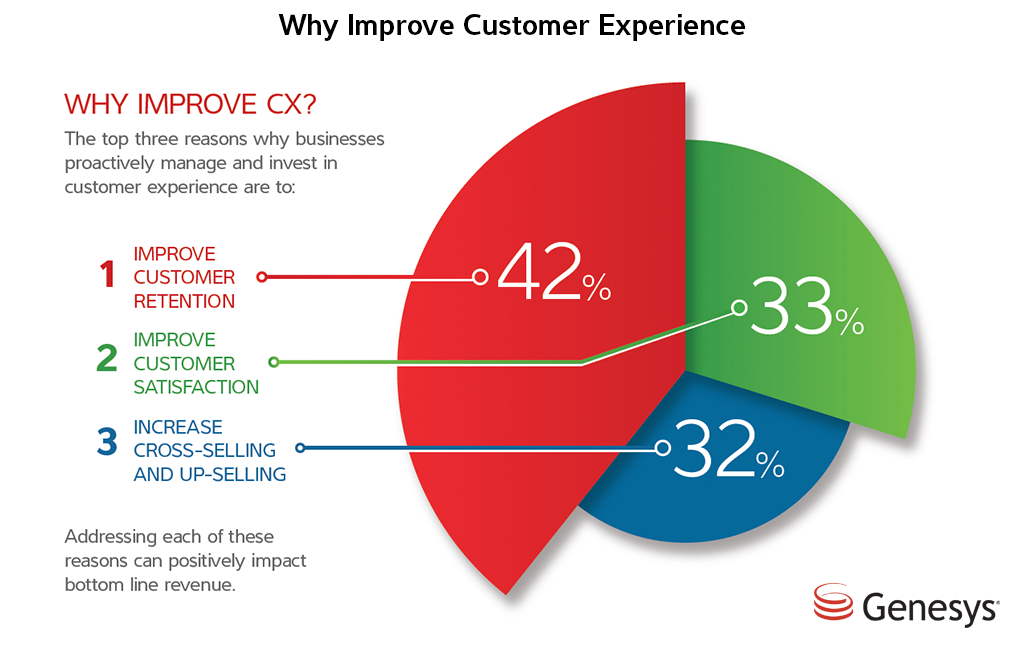
I’m part of Digital Marketer Engage, which is an active group of marketers sharing information and ideas. They have admins who post weekly content and manage the group.
To be a member of the group you must have a paid monthly subscription to Digital Marketer Lab.
Anytime they release a new blog post, a new training video, or are selling tickets to their summit events, it’s mentioned in the group, and customers can ask questions, comment, and feel part of the gang.
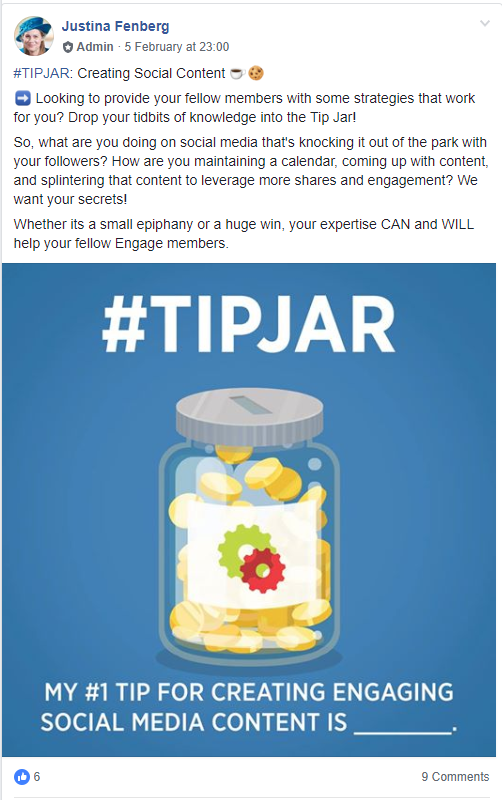
Even their CEO, Ryan Deiss, is active, answering questions and asking for customer feedback. There’s nothing better to building rapport with customers than the CEO interacting with and being part of the community.
Creating community groups is not suitable for every business, and it sometimes should be totally avoided.
For example, if you sell clothing apparel and the bulk of questions you receive are about why an order hasn’t arrived or because something went wrong with their order, then a group full of complaints will negatively impact your business, and an unhappy customer can screenshot other complaints and post them on social media.
You need to see if your product or service is a good fit for private groups for customers. It tends to work best for e-commerce businesses that use a subscription-based model.
I should add that you’ll need someone in charge to manage the group on a daily basis to ensure spam, trolls, and negative comments do not plague the group. Otherwise, you might be biting off more than you can chew.
How to Measure Customer Loyalty
When your goal is to increase revenue, it’s very easy to see in which direction you’re going by looking at your monthly revenue.
But what metrics do you look at to measure customer loyalty?
If you just thought of using social media likes, comments, or shares as a metric, then please sit in the naughty corner for a minute before reading the rest of the article.
See if you can link to this article.
The answer I was looking for is Net Promoter Score (NPS).
Net Promoter Score is a customer loyalty metric used to segment customers into three groups using a 1-10 scoring system:
- Detractors (0-6)
- Passives (7-8)
- Promoters (9-10)
The simplest form of NPS is to ask your customers a single question on how likely are they to recommend your business to a friend or family member from 1-10.
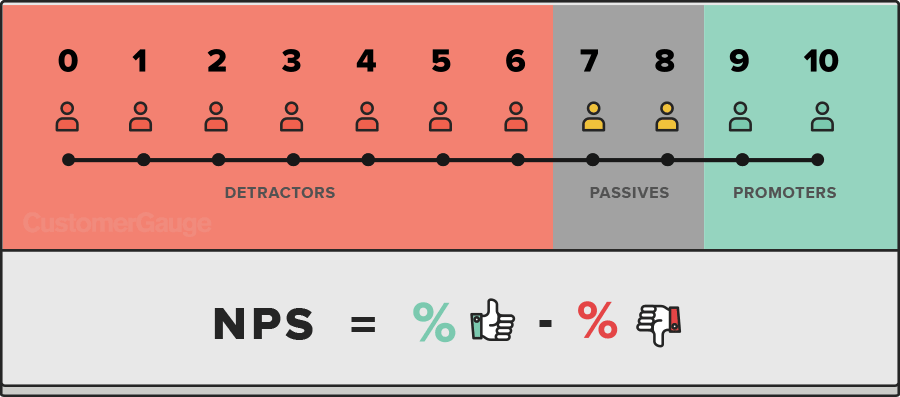
To work out your NPS score, you take away the percentage of detractors from promoters, completely ignoring the passives.
For example, if your survey resulted in 20% detractors, 50% passives, and 30% promoters, your NPS score would be 10.
You can measure your NPS on a monthly, quarterly, or yearly basis with the goal to always increase your NPS score.
You can also add additional questions to identify where bottlenecks occur in order to remedy them. For example, you may find that the reason customers are not giving you a 9 or 10 is because your customer support or user experience is lacking in some areas.
Summary
Building rapport with customers should be an infinite part of your marketing strategy that is implemented at various touch points of the customer journey.
In this article I’ve shown examples of businesses building relationships at the start (welcome email), the middle (cross-sell and content), and the end of the customer journey (win-backs).
Continually working on building rapport will make your customer acquisition easier as you’ll be able to pay a higher CPA and still be profitable, as building relationships leads to customers spending more with your business.
Companies our team has worked with:











